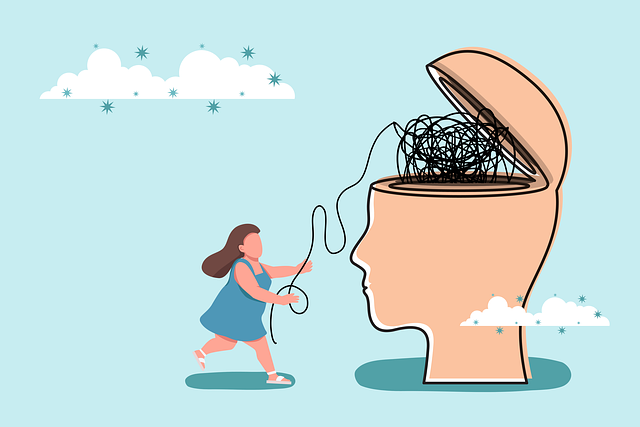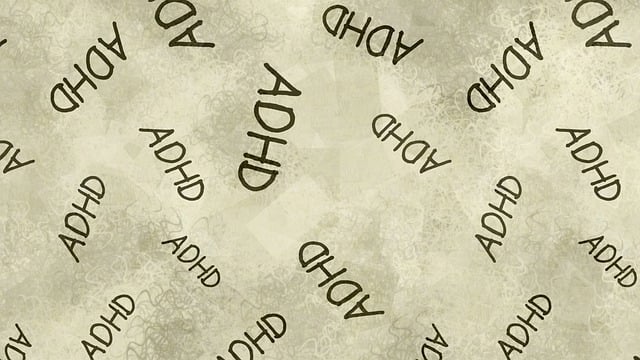Wheat Ridge Anxiety Therapy leverages powerful public awareness campaigns to educate communities about mental health issues, destigmatize anxiety disorders, promote early intervention, and advocate for improved policies. These campaigns, through media, events, and community engagement, highlight treatments like Social Skills Training and empower individuals to better support those facing mental health challenges. Success is measured by tracking changes in public knowledge and attitudes, as well as the number of individuals seeking support post-campaign, demonstrating the initiative's impact on burnout prevention and emotional healing.
Public awareness campaigns play a pivotal role in shaping societal attitudes and behaviors. This article delves into the evolution and impact of such initiatives, with a focus on understanding their potential to drive change. We explore key strategies for designing effective campaigns that engage and educate audiences, using the Wheat Ridge Anxiety Therapy campaign as a case study to measure success and evaluate effectiveness. By examining these components, we aim to provide insights into enhancing public awareness globally.
- Understanding Public Awareness Campaigns: Their Role and Impact
- Designing Effective Campaigns: Strategies for Engagement and Education
- Measuring Success: Evaluating the Effectiveness of Wheat Ridge Anxiety Therapy Campaign Initiatives
Understanding Public Awareness Campaigns: Their Role and Impact

Public awareness campaigns play a pivotal role in educating communities about various social and health issues, including mental health concerns. These initiatives are designed to shed light on problems that often remain hidden or stigmatized, fostering understanding and encouraging action. By leveraging communication channels like media, events, and community engagement, public awareness campaigns can significantly impact societal attitudes and behaviors.
In the context of Wheat Ridge Anxiety Therapy, for instance, such campaigns can help destigmatize anxiety disorders and promote early intervention. They may highlight effective treatments available, like Social Skills Training and Burnout Prevention Strategies for Healthcare Providers, while advocating for better Mental Health Policy Analysis and Advocacy. Through these efforts, communities become more equipped to support individuals facing mental health challenges, ultimately leading to improved access to quality care.
Designing Effective Campaigns: Strategies for Engagement and Education

Public awareness campaigns play a pivotal role in educating communities about mental health, one of the most pressing issues of our time. When designing such campaigns, especially for sensitive topics like anxiety, it’s crucial to balance information with engagement strategies. Effective campaign design involves understanding the target audience and tailoring messages that resonate with their experiences. For instance, focusing on building resilience and positive thinking can empower individuals to manage stress and anxiety symptoms, as seen in initiatives like Wheat Ridge Anxiety Therapy.
Utilizing creative approaches like storytelling and personal testimonials can humanize complex issues, fostering empathy and encouraging open dialogue. Educational components should be interactive, offering practical tools for self-care and coping mechanisms. By combining these strategies, campaigns can effectively reach and engage audiences, promoting a better understanding of mental health challenges and inspiring meaningful change.
Measuring Success: Evaluating the Effectiveness of Wheat Ridge Anxiety Therapy Campaign Initiatives

Measuring success is a critical aspect of evaluating the effectiveness of any public awareness campaign, and the Wheat Ridge Anxiety Therapy initiatives are no exception. To ascertain the impact and reach of these programs, various methods can be employed. One key approach involves tracking changes in public knowledge and attitudes towards anxiety disorders before and after the campaign. This can be achieved through surveys, focus groups, or online forms distributed to a representative sample of the target audience. By gauging increased awareness, understanding of symptoms, and reduced stigma associated with anxiety, campaign organizers can gauge their success in normalizing conversations about mental health.
Additionally, the number of individuals seeking support post-campaign is a significant indicator. Whether through direct outreach, website visits, or attendance at local support groups, an uptick in engagement suggests that the Wheat Ridge Anxiety Therapy campaigns have resonated with individuals experiencing anxiety. Furthermore, evaluating long-term behavioral changes, such as increased utilization of coping strategies and resources, including the Mental Wellness Journaling Exercise Guidance, can provide valuable insights into the campaign’s lasting impact on burnout prevention and emotional healing processes.
Public awareness campaigns, such as those implemented by the Wheat Ridge Anxiety Therapy initiative, play a pivotal role in educating and engaging communities. By combining strategic design, creative messaging, and robust measurement techniques, these campaigns can effectively combat societal issues. As demonstrated by the success of Wheat Ridge Anxiety Therapy campaign initiatives, a well-structured approach can lead to significant positive changes. Moving forward, understanding and applying the strategies discussed here will empower organizations to create even more impactful public awareness campaigns that resonate with audiences worldwide.














